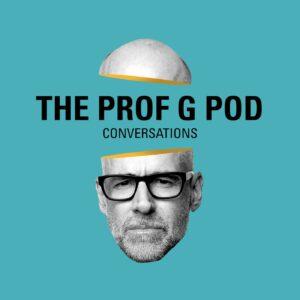
In this episode of Ted Talks Daily, media artist Refik Anadol discusses how he is using artificial intelligence (AI) to enhance humanity’s collective memory by preserving disappearing natural wonders. Through the use of AI algorithms and large data sets, Anadol’s team is able to visualize and recreate these natural wonders in a virtual world, blurring the boundaries between physical and virtual realities.
Refik Anadol and his team are using AI to preserve disappearing natural wonders such as coral reefs and glaciers. By utilizing large, focused, and publicly available data sets, they are able to train mission-learning algorithms and visualize humanity’s collective memories. Through the creation of simulations, these natural wonders are preserved in a virtual world, ensuring their existence beyond their physical decay.
Anadol’s work with the Yamanava tribe in Brazil showcases the potential of AI in preserving and learning about indigenous knowledge in nature. By collaborating with indigenous communities, Anadol co-creates an AI rainforest model, incorporating open source AI. This collaboration allows for the reconstruction of extinct flora and fauna based on indigenous knowledge, ensuring the preservation of valuable cultural and ecological information.
The integration of AI blurs the boundaries between physical and virtual realities, as well as technology and nature. Through the concept of possibility space, AI can project onto reality and create new realities. This ability brings inspiration, joy, and hope by connecting people of all ages and cultures to the beauty of nature. Additionally, AI innovation can be driven by learning from nature and utilizing existing knowledge found in the natural world.
Refik Anadol’s use of AI in preserving disappearing natural wonders and indigenous knowledge showcases the transformative potential of technology in enhancing humanity’s collective memory. By harnessing the power of AI, we can bridge the gap between the physical and virtual worlds, creating new realities and preserving the beauty and wisdom of our natural world for future generations.